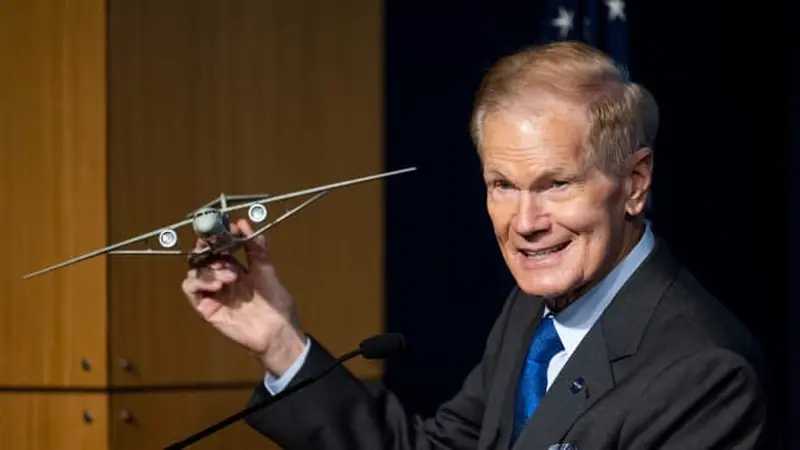Eco-technologies for commercial flights are increasingly making their way into human life. Developers from NASA and Boeing have presented a concept for an eco-friendly aircraft that will transport passengers in the 2030s. The first flight is expected to take place in five years.
The eco-friendliness of the aircraft lies in a 30% fuel savings, and thus a low level of emissions compared to the most efficient ones. modern airliners .
This will be another serious step towards “green” aviation.
The National Aeronautics and Space Administration (NASA) and Boeing are collaborating on the Sustainable Flight Demonstrator project. As a result of this partnership, a narrow-body aircraft with low emissions is expected to be developed.
According to NASA administrator Bill Nelson, this airliner will be more economical and will benefit the environment, the commercial aviation industry, and passengers worldwide. Bill Nelson also noted that the aircraft will serve about 50 percent of the market for commercial flights over short and medium distances.

NASA Administrator Bill Nelson is holding a model of the new aircraft.
According to NASA, airlines primarily rely on narrow-body aircraft (i.e., with a fuselage diameter of up to four meters). However, these aircraft account for nearly half of aviation emissions worldwide, reports CNN The development of new technologies to reduce fuel consumption can fundamentally change the situation.
The ecological aircraft from NASA and Boeing will meet the requirements of “green” aviation. The specificity of its design is based, in particular, on a new wing concept – the Transonic Truss-Braced Wing. These elongated, relatively narrow wings are stabilized by diagonal struts and are positioned high on the fuselage of the airliner. This configuration creates less drag, which in turn leads to lower fuel consumption.
According to preliminary estimates by experts from Boeing, the demand for new narrow-body aircraft is expected to grow by 40,000 units between 2035 and 2050.
The development of revolutionary technologies for efficient fuel use brings the aviation community closer to its goal of achieving net-zero carbon emissions by 2050. This was reminded by Bob Pearce, NASA’s Deputy Administrator for Aeronautics.
The national agency will invest 425 million dollars in the project over seven years. Meanwhile, Boeing and its partners will contribute the remaining part of the funding – another 725 million dollars.
